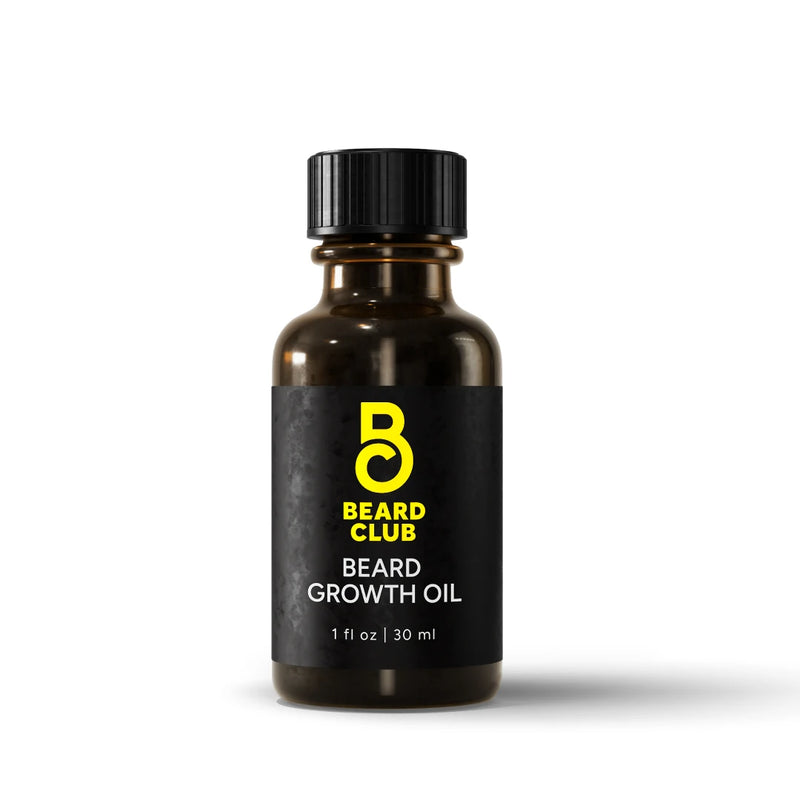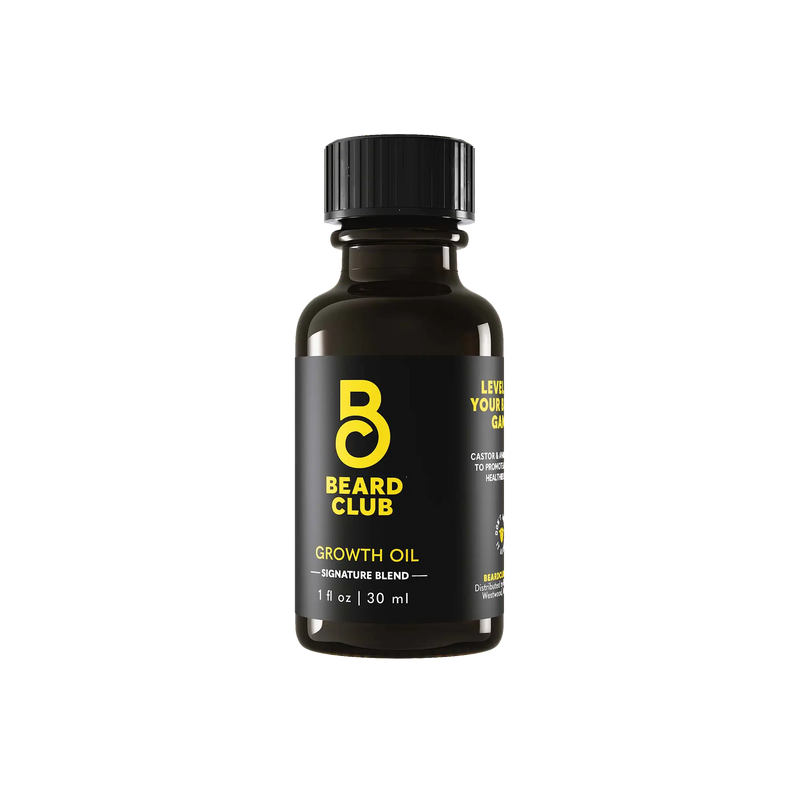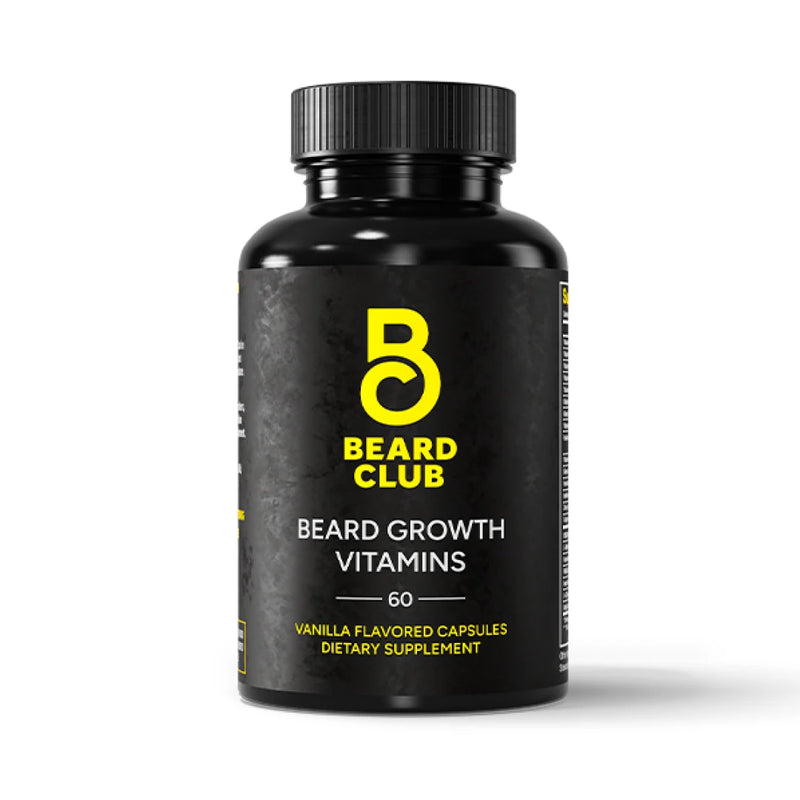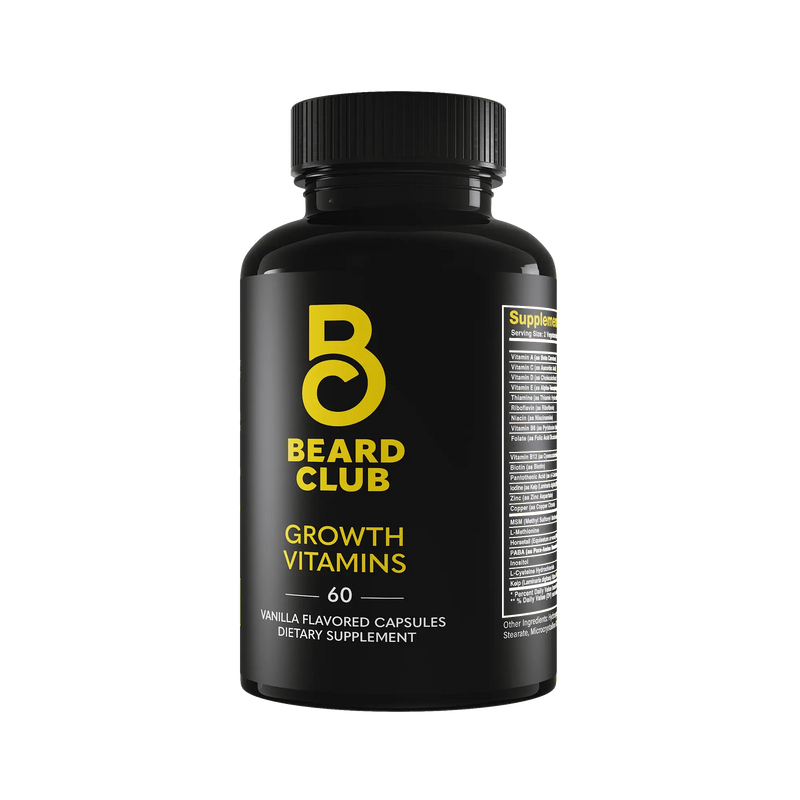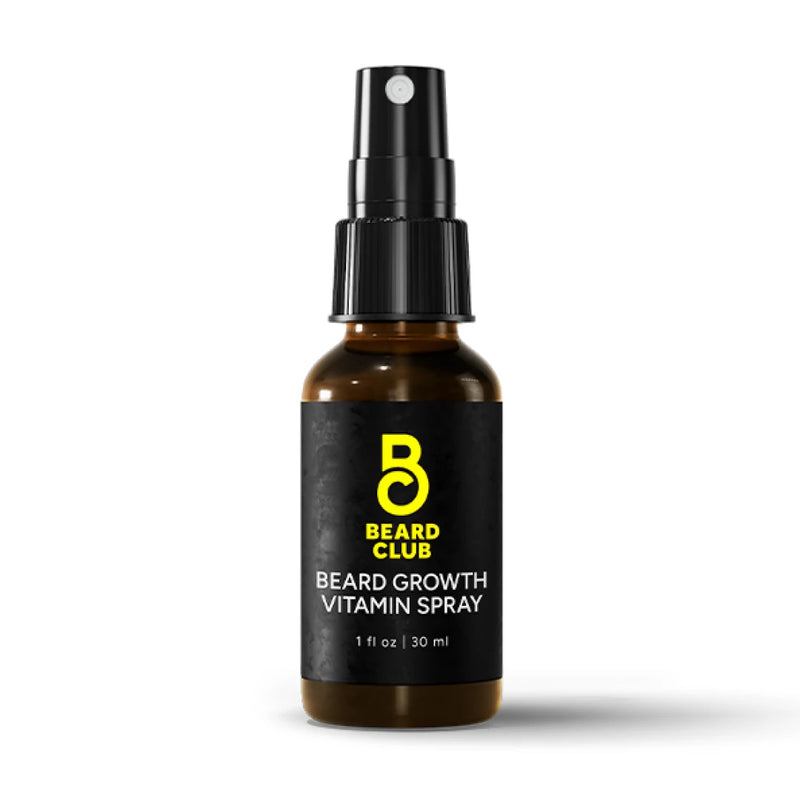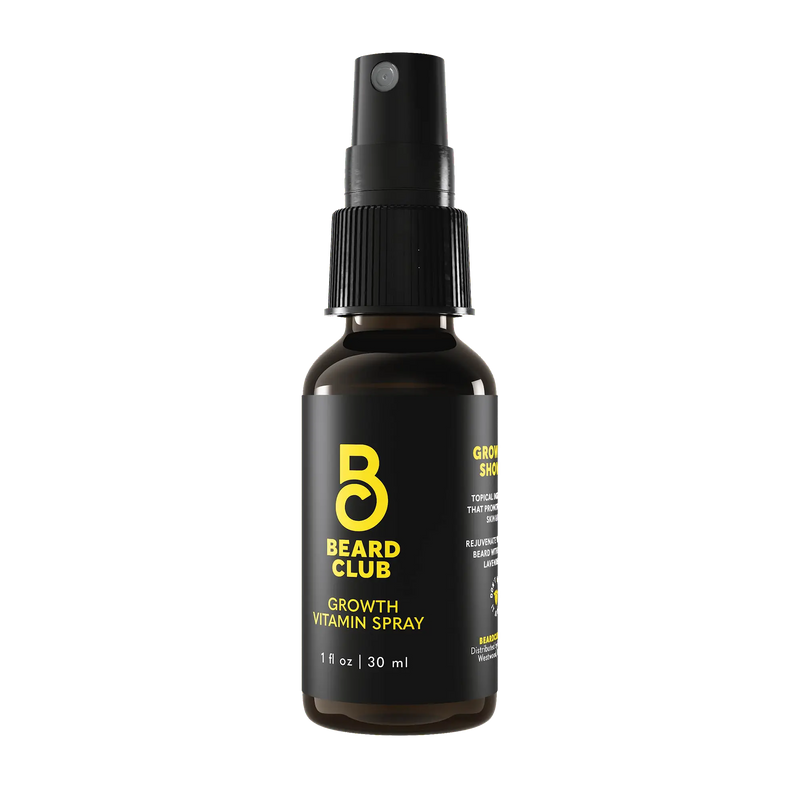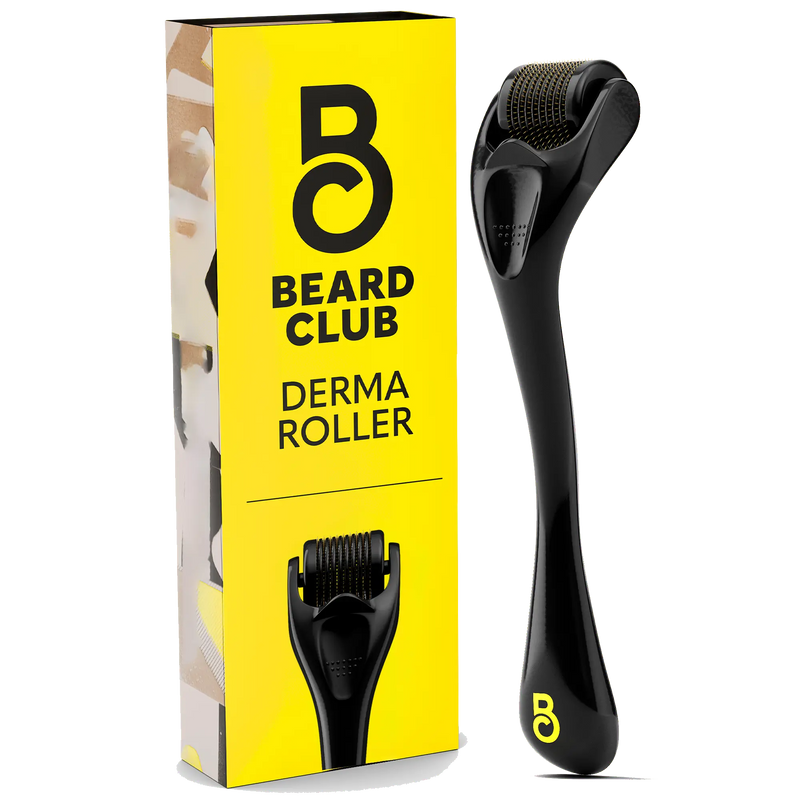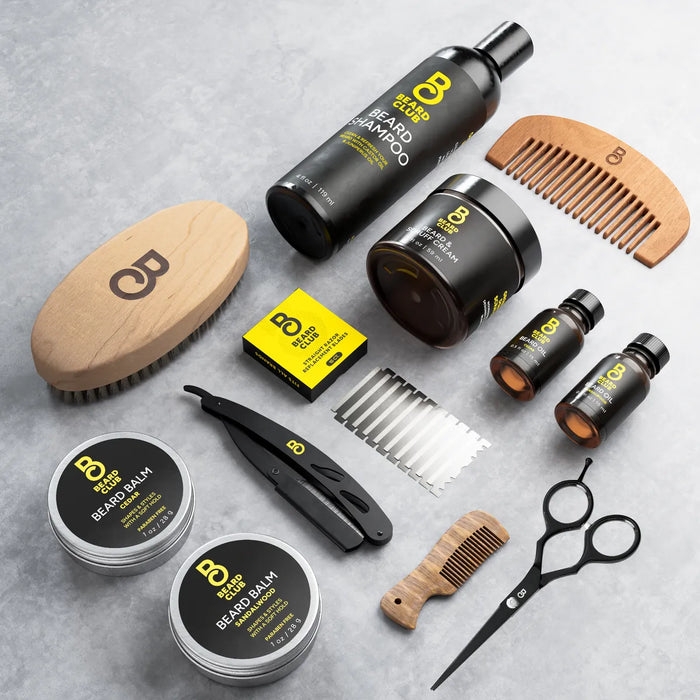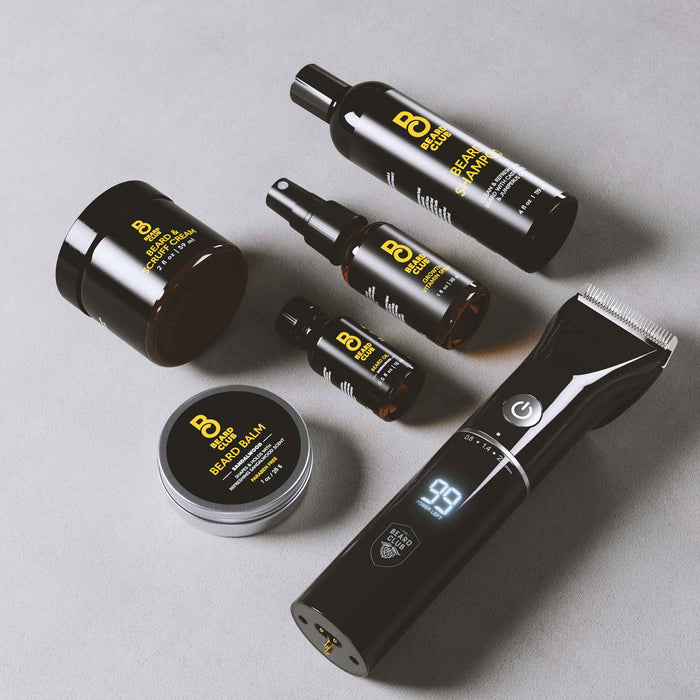Ginger Beard: Why Is My Beard Turning Red as a Non-Redhead?
Ever notice that your beard has a reddish hue, even though you don’t have red hair on your head? You’re not alone. Many men experience this seemingly strange phenomenon, where their facial hair takes on shades of ginger or auburn, even if they identify as blonde, brunette, or black-haired.
If you’ve been wondering why your beard is turning red as a non-redhead, don’t worry — there’s a fascinating explanation.
From genetics to pigmentation, there are several factors at play. In this post, we’ll explain the science behind ginger beards, explore why they happen, and provide tips for embracing or styling your unique facial hair color.
What Are the Genetics Behind a Red Beard?

To understand why your beard is turning red, we must first take a look at genetics — specifically, the genes that influence hair color.
Melanin
Hair color is determined by the type and amount of melanin in your hair. There are two primary types:
- Eumelanin: Responsible for black and brown hues.
- Pheomelanin: Responsible for red and yellow tones.
Your hair color results from the unique balance between these two types of melanin. If your beard is turning red, it likely means there’s an increased concentration of pheomelanin in your facial hair compared to the hair on your head.
The MC1R Gene
That said, the real star of the show is the MC1R gene, commonly associated with red hair. Even if you don’t have red hair on your head, you might carry a recessive version of the MC1R gene. If you’ve inherited this gene from one or both parents, it can express itself in your beard, creating that reddish tone.
Why Your Beard and Head Hair Don’t Match
Hair follicles on different parts of your body are influenced by different genetic instructions. The genes responsible for your beard’s pigmentation can express themselves differently than those for your scalp, leading to mismatched hair colors.
Does Age Play a Role in Red Beards?
Age can also impact the color of your beard. As you get older, your hair follicles may produce less eumelanin, allowing pheomelanin to become more prominent. This can lead to a redder appearance in your beard, even if it wasn’t noticeable before.
For some men, this change begins in their 20s or 30s and becomes more pronounced as they age. While your head hair may stay consistent in color, changes in your facial hair could lead to a surprising ginger hue over time.
Can the Environment Affect Beard Color?

Environmental factors, such as exposure to sunlight, can also influence your beard’s color. The sun’s UV rays can bleach the eumelanin in your beard, lightening darker pigments and making pheomelanin's red and gold tones more visible.
If you spend a lot of time outdoors, especially in sunny climates, your beard might appear redder over time. This effect is more pronounced in facial hair because it’s often more exposed to the elements than the hair on your head.
What Is the Role of Hormones and Facial Hair Pigmentation?
Hormones, particularly testosterone, play a significant role in the growth and pigmentation of facial hair. The increased sensitivity of beard follicles to testosterone can influence melanin production, potentially emphasizing red or golden tones.
This hormonal influence might explain why some men notice their beards becoming redder or more varied in color as they age and testosterone levels stabilize or fluctuate.
What Are Other Beard Color Variations?
While ginger beards might be the most noticeable, they’re not the only type of multicolored facial hair.
Many men experience a mix of shades, including:
- Blonde highlights
- Brown or dark undertones
- Gray or white streaks (especially with age)
This natural variation is perfectly normal and adds character to your beard. Think of it as nature’s way of creating a one-of-a-kind look!
Why You Should Embrace Your Ginger Beard
If you’re rocking a red beard, even as a non-redhead, consider it a unique feature that sets you apart.
Many men with ginger beards embrace the distinction and use it to enhance their personal style. Here's how:
- It’s Rare: Natural red hair, including beards, is one of the rarest hair colors in the world. It’s a distinctive trait that makes you stand out.
- It’s Eye-Catching: The warm tones of a ginger beard can complement a wide range of skin tones and hairstyles.
- It’s a Conversation Starter: Your red beard is bound to draw attention and questions, giving you an easy way to connect with others.
Can You Change Your Beard’s Color?
If you’re not a fan of your ginger beard — or you just want to experiment — you might consider dyeing your facial hair. While this can be a fun way to change up your look, there are a few things to keep in mind:
- Choose Beard-Friendly Dyes: Facial hair is coarser and more sensitive than scalp hair, so always use hair dye specifically designed for beards.
- Test First: Before applying a dye, do a patch test to ensure you don’t have an allergic reaction to the product.
- Embrace Maintenance: Be prepared to touch up your beard regularly, as the dye can fade with washing and exposure to sunlight.
While dyeing your facial hair is an option, some men find embracing their natural color the easiest approach. In the end, it’s up to you and what makes you feel the most confident!
Touch Up with Daily Beard Dye
If you're not looking to go full-plunge with dying your beard, try out a one-day temporary beard color to touch up those stray red hairs. No mess, no commitment!
The Beard Club's temporary beard dye comes in black, dark brown, medium brown, and light brown to help you match your beard shade perfectly. Apply in the AM before you hit the road and wash out in the evening. Red beard hairs...where?

What Are Some Grooming Tips for Ginger Beards?
Keeping your ginger beard looking its best requires proper grooming and care. Here are some tips:
Moisturize and Soften
Use a quality beard oil to keep your beard hydrated and soft. This is especially important if your facial hair has a coarse texture, as many ginger beards do.
Combat Red Beard Fade
If your beard starts to fade due to sun exposure, protect it by applying a beard conditioner with UV protection or wearing a wide-brimmed hat outdoors.
Emphasize the Color
To enhance the red tones of your beard, look for beard care products with natural oils like argan or jojoba, which help bring out the vibrancy of your color.
Keep It Tidy
Use a beard trimmer to maintain a well-groomed appearance. Trim regularly to keep the shape defined and prevent scraggly ends.
What Are Styling Ideas for Ginger Beards?
Looking to make the most of your red beard? Here are some styling tips that pair well with ginger facial hair:
- The Viking Beard: Let your ginger beard grow long and full for a bold, modern viking look. Pair it with braids or beads for added flair.
- The Defined Goatee: If you prefer a shorter style, opt for a goatee style with defined edges to showcase your unique color.
- Stubble With a Fade: Keep it minimal with stubble that’s trimmed evenly, and pair it with a fade haircut for a modern, clean look.
- The Thick and Tapered Beard: Go for a tapered beard style that’s fuller at the chin and gradually thin toward the cheeks, creating a flattering shape that highlights the red.
Rock a Ginger Beard With The Beard Club

If your beard has bits of red as a non-redhead, it’s a fascinating and normal phenomenon rooted in genetics, hormones, and melanin. Whether you embrace your natural look or experiment with styling and dyeing, the key is to take pride in what makes your facial hair unique.
After all, a ginger beard is more than just facial hair. Instead, it’s a conversation starter, a style statement, and a symbol of your individuality. Wear it with confidence, and let your red tones shine!
Ready to keep your ginger beard in top shape? Check out the premium beard oils, balms, and grooming tools from The Beard Club for all your facial hair care needs!
Sources:
Melanin: What Is It, Types & Benefits | Cleveland Clinic
Biochemistry, Melanin - StatPearls | NCBI Bookshelf

